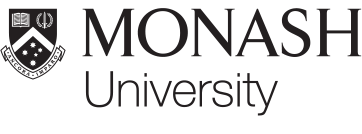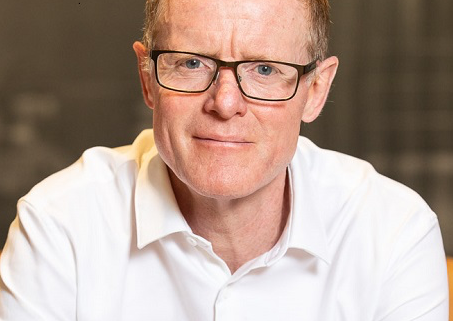Congrats Jamie on your Visiting Professor appointment at the University of Oxford
Welcome to the new RDM Visiting Professors
RDM warmly welcomes two new Visiting Professors this term:
- Jamie Rossjohn joins the department as Visiting Professor of Structural Immunology, and
- Martin Young joins as Visiting Professor of Cardiac Science.
Professor Rossjohn travelled over the border from Wales to undertake his undergraduate degree and PhD at Bath University. After pursuing his PhD where he was exposed to the world of X-ray crystallography, he was awarded a Royal Society Fellowship (1995) to work at St. Vincent’s Institute of Medical Research (SVIMR), Melbourne, Australia where he explored detoxifying enzymes and studied bacterial toxins like aerolysin and perfringolysin O (PFO); his work on PFO revealed the molecular mechanism of these toxins. In 2002, Prof Rossjohn moved to Monash University, establishing the Protein Crystallography Unit, which has grown to include over 100 researchers. He played a key role in designing and establishing a fully-automated crystallisation facility.
As a laboratory head and current NHMRC Investigator Fellow, Prof Rossjohn’s research is centred on understanding immunity. He has used structural biology to explain pre-T-cell receptor (TCR) self-association in T-cell development, and how the TCR specifically recognises polymorphic human leukocyte antigen (HLA) molecules in the context of viral immunity and aberrant T-cell reactivity. He has unearthed structural mechanisms of HLA polymorphism impacting on drug and food hypersensitivities, as well as Natural Killer cell receptor recognition. He has pioneered the molecular understanding of lipid-based immunity by T cells, revealing that it can differ fundamentally from peptide-mediated adaptive immunity.
Recently, he has provided a structural basis of how vitamin B metabolites can be presented and recognised by the immune system, revealing a new class of antigen. Collectively, he has published > 500 papers and mentored numerous researchers towards obtaining higher degrees and nationally competitive fellowships.
His multidisciplinary approach, supported by a broad network of collaborators has led to a fundamental advancement of knowledge in this field and his research leadership has been recognised by numerous national and international awards. In 2022, Prof Rossjohn was elected as a Fellow of the Royal Society and Associate Member of EMBO.
Professor Young received his bachelor’s and master’s degrees, and DPhil in Biochemistry at Oxford (Oriel College and Green College). Following postdoctoral training at Boston University and the University of Texas-Houston, he held faculty appointments at the University of Texas-Houston and Baylor College of Medicine, before joining the University of Alabama at Birmingham in 2009 where he is currently a Professor of Medicine and the Jeanne V. Marks Endowed Chair of Cardiovascular Disease.
Research in Prof Young’s laboratory is focused on understanding how environmental factors, such as time-of-day and nutrition, influence cardiometabolic and cardiovascular health. Regarding time-of-day, the laboratory has been actively exploring how an intrinsic time-keeping mechanism, known as the circadian clock, influences cardiac function. His pioneering studies have resulted in a new field, which intersects chronobiology with cardiovascular research.
In addition to his research success, Prof Young has remained firmly committed to training future generations of both physicians and scientists. This has been achieved, in part, through directing both medical school courses, as well as postdoctoral training programmes. As a Visiting Professor of Cardiac Science at RDM, Prof Young will lend his unique expertise in cardiovascular disease and circadian biology to augment both ongoing and nascent research programmes, as well as facilitate the training of graduate students and postdoctoral fellows.


